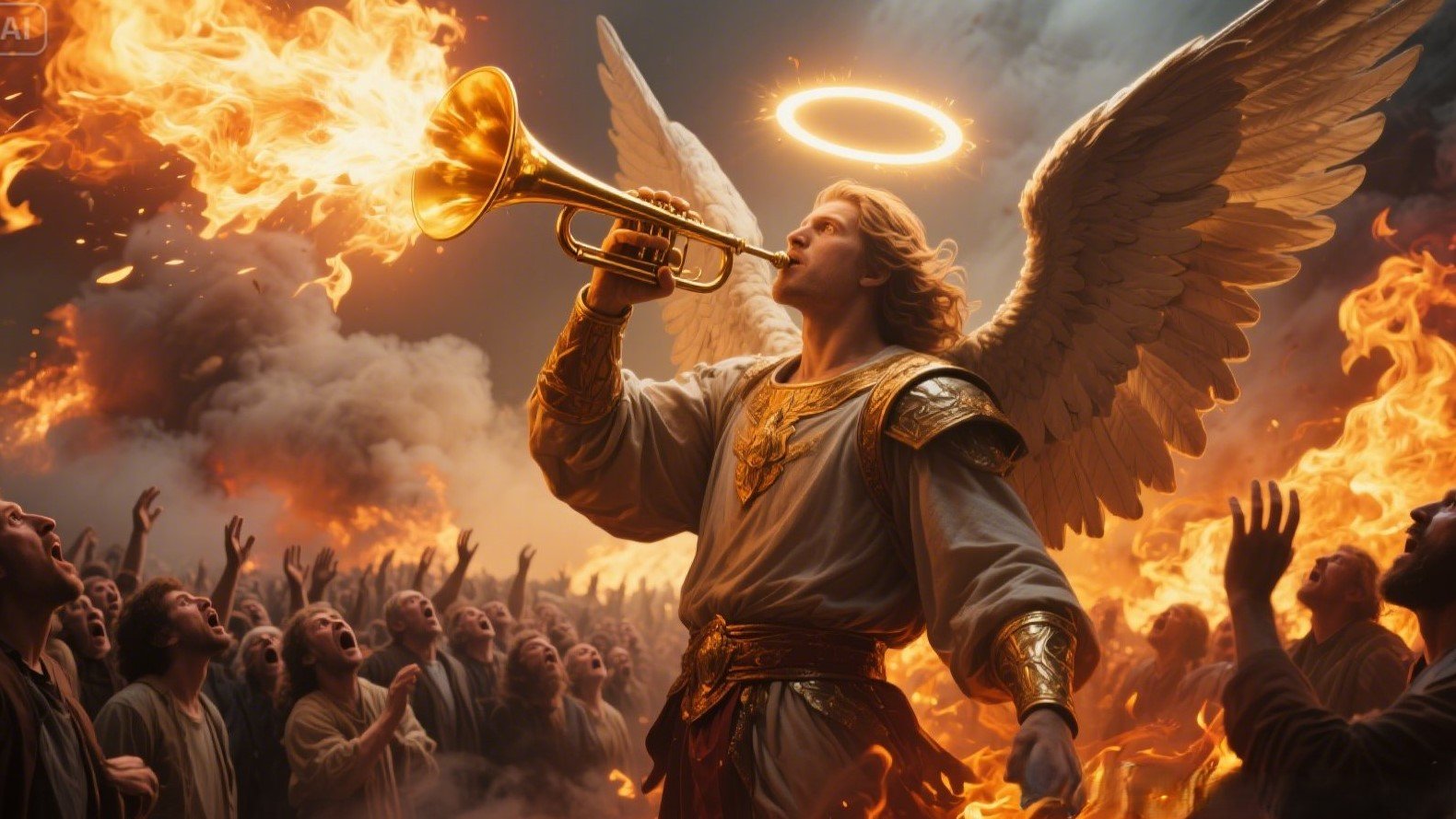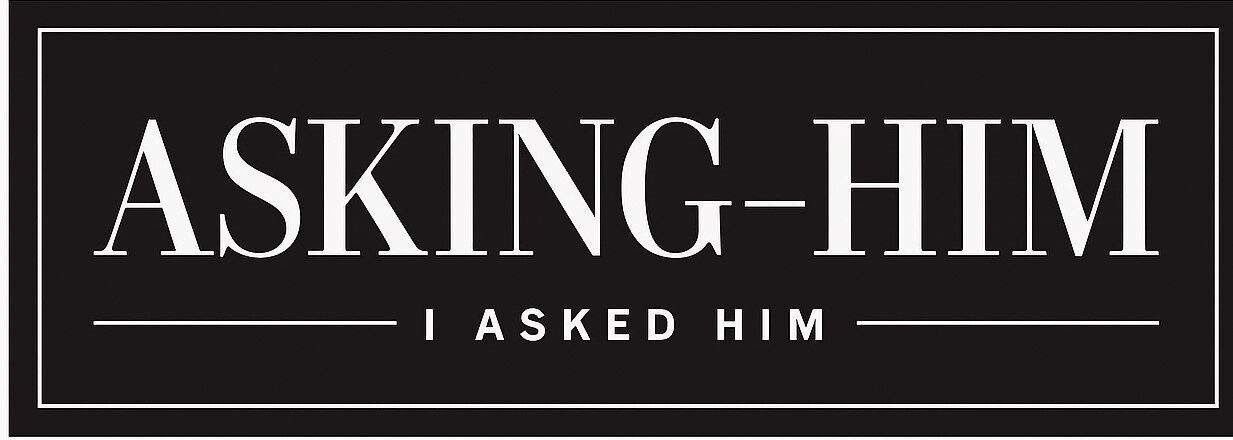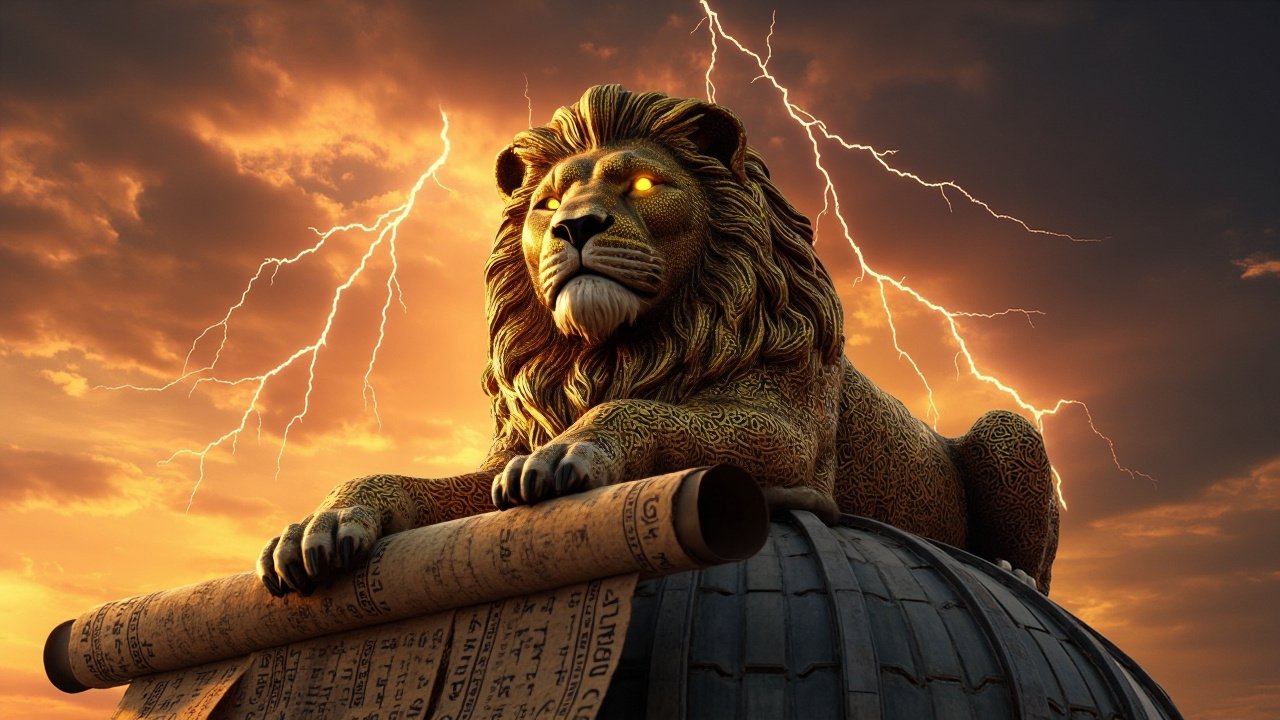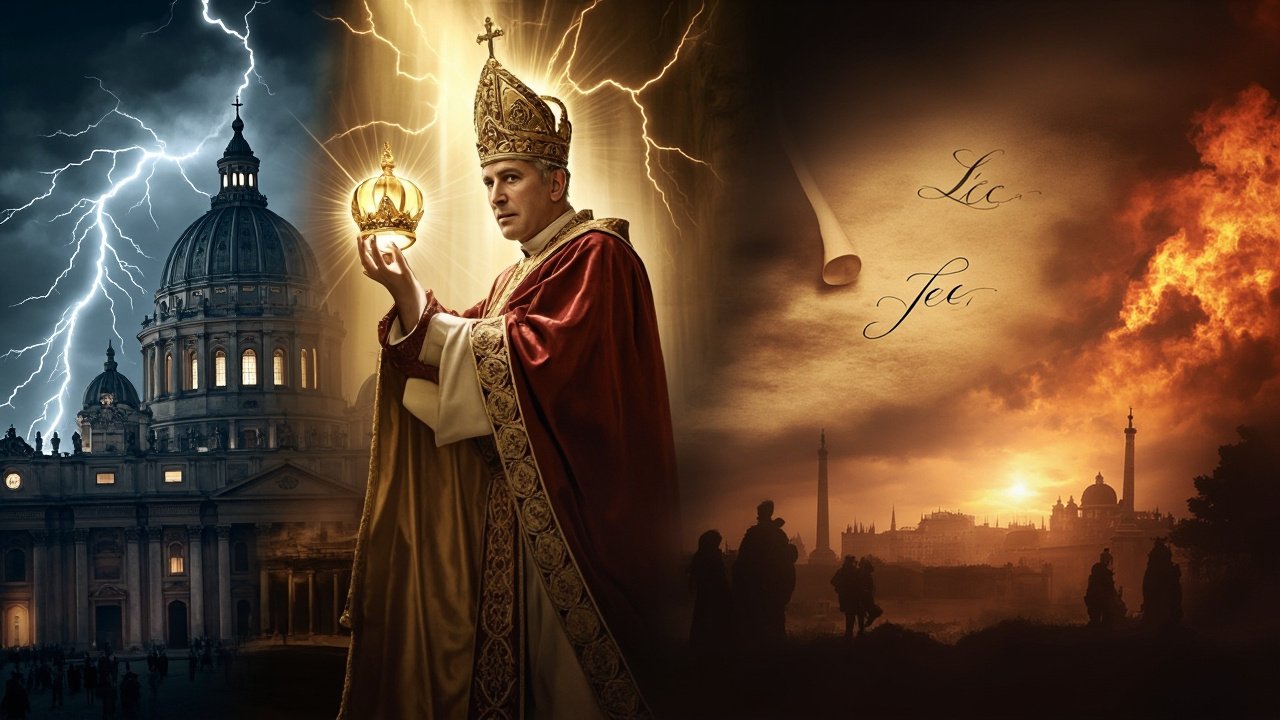
In the quiet hum of our digital age, where ancient texts collide with viral memes, a peculiar date has captured the collective imagination: September 23, 2025. This Tuesday, falling squarely in the midst of the Jewish holiday of Rosh Hashanah—also known as the Feast of Trumpets—has become the epicenter of fervent speculation among prophecy watchers, end-times enthusiasts, and even casual scrollers on social media. A prophecy circulating online claims it could mark the Second Coming of Jesus or the Rapture, that moment when believers are said to be whisked away before the final tribulations unfold.
It’s the kind of story that blends biblical lore with modern anxiety, prompting us to ask: What if the ancient warnings of catastrophe in the Book of Revelation aren’t just metaphors, but blueprints for a world teetering on the edge?
As someone who’s spent time poring over these texts—not as a theologian, mind you, but as a curious observer of human narratives—I’ve found myself drawn back to Revelation 16, the chapter that depicts the “seven bowls of God’s wrath,” the final judgments poured out upon a rebellious earth. It’s a vivid, almost cinematic passage, full of plagues, darkness, and cosmic upheaval. But in a year when climate disasters rage, geopolitical tensions simmer, and pandemics linger in memory, these verses feel less like distant allegory and more like a mirror to our times. Let’s dive in, shall we? We’ll unpack the chapter verse by verse, drawing on scripture for reference, and then circle back to what this Tuesday might truly signify—not as doomsayers, but as thoughtful readers navigating an uncertain world.
The Bowls Begin: A Cascade of Catastrophe
Revelation, the last book of the New Testament, attributed to the apostle John during his exile on the island of Patmos, is a whirlwind of symbolism and prophecy. Chapter 16 picks up in the thick of the apocalypse, with seven angels tasked with unleashing God’s ultimate judgments on humanity. It’s the climax of a series of seals, trumpets, and now bowls that escalate the divine response to sin and injustice.
The chapter opens with a commanding voice from the heavenly temple: “Go, pour out the seven bowls of God’s wrath on the earth” (Revelation 16:1, NIV). The first bowl brings “ugly, festering sores” upon those who bear the mark of the beast—the Antichrist figure who demands worship (Revelation 16:2). Imagine a global outbreak, not unlike the pandemics we’ve endured, but targeted at the spiritually unrepentant. It’s a stark reminder, John seems to say, that our choices have consequences, echoing earlier biblical plagues like those in Exodus.
Then comes the second bowl, turning the seas into blood “like that of a dead person,” killing every living thing in them (Revelation 16:3). Environmentalists might nod knowingly here; with oceans acidifying and marine life collapsing under pollution and warming, this vision hits close to home. The third bowl extends the bloodshed to rivers and springs, a poetic justice for those who “shed the blood of your holy people and your prophets” (Revelation 16:6). Water, the essence of life, becomes undrinkable—a theme that resonates in regions grappling with drought and contamination.
Darkness, Earthquakes, and Unyielding Defiance
As the bowls progress, the judgments intensify. The fourth angel scorches people with fierce heat from the sun, yet “they refused to repent and glorify him” (Revelation 16:9). It’s a chilling portrait of human stubbornness: Even in agony, hearts remain hardened. The fifth bowl plunges the beast’s kingdom into darkness, where people “gnawed their tongues in agony and cursed the God of heaven” (Revelation 16:10-11). Think of it as a blackout on a cosmic scale, stripping away the illusions of power and control.
The sixth bowl dries up the Euphrates River, paving the way for “kings from the East” to march toward Armageddon (Revelation 16:12). Here, demonic spirits emerge like frogs from the mouths of the dragon, beast, and false prophet, rallying nations for the final battle (Revelation 16:13-14). It’s geopolitics gone infernal, a gathering storm that feels eerily prescient in our era of alliances and proxy wars.
Finally, the seventh bowl unleashes thunder, lightning, and the most severe earthquake in history, splitting the great city into three parts and toppling islands and mountains (Revelation 16:17-19). Hailstones weighing about a hundred pounds each pummel the earth, yet humanity’s response? More curses against God (Revelation 16:21). Amid this chaos, a voice declares, “It is done!”—echoing Jesus’ words on the cross, but now signaling the end of judgment’s phase.
These images aren’t for the faint of heart. Scholars debate their literal versus symbolic nature: Are they predictions of specific future events, or allegories for spiritual warfare and the triumph of good over evil? Pre-millennialists see them as a roadmap to the tribulation before Christ’s thousand-year reign; post-millennialists view them as past or ongoing struggles. But regardless of interpretation, Revelation 16 underscores a core biblical theme: God’s justice is inexorable, yet laced with calls to repentance.
September 23 and the Feast of Trumpets: A Modern Echo?
Which brings us to this Tuesday, September 23, 2025. Why the buzz? For many in prophetic communities, it ties to the Feast of Trumpets, or Rosh Hashanah, which begins at sunset on September 22 and spans into the 24th.07d8a1 In Jewish tradition, it’s a time of introspection, marked by the blowing of the shofar—a ram’s horn trumpet—symbolizing awakening and judgment. Christian eschatologists often link it to the “last trumpet” in 1 Corinthians 15:52, where “in a flash, in the twinkling of an eye… the dead will be raised imperishable, and we will be changed.”
This year, online forums and videos are ablaze with calculations: Some point to 1,335 years from historical events like the Dome of the Rock’s construction in 691 A.D., landing on 2025.5bcd7b Others highlight alignments with Daniel’s prophecies or the 1335 days mentioned in Daniel 12:12. YouTube channels and Reddit threads amplify the hype, warning of the Rapture’s imminence.6358491c07a8 It’s not the first time—similar fervor surrounded dates like September 23, 2017, tied to astronomical signs in Revelation 12—but the persistence speaks to a deeper yearning for meaning in turbulent times.
So, what does this Tuesday mean for you and me? If you’re a believer, it might be a prompt for reflection: As Jesus warns in the midst of Revelation 16’s sixth bowl, “Look, I come like a thief! Blessed is the one who stays awake and remains clothed” (Revelation 16:15). It’s not about stockpiling canned goods or decoding dates—Jesus himself said no one knows the day or hour (Matthew 24:36)—but about living with intention, fostering justice, and seeking reconciliation.
For skeptics, it’s a cultural phenomenon worth pondering: Why do these prophecies endure? In an age of existential threats—climate change mirroring the scorched earth of the fourth bowl, or geopolitical flashpoints evoking Armageddon—they offer a narrative framework, a way to make sense of chaos. But they also risk distraction; history is littered with failed predictions that eroded faith rather than bolstered it.
Ultimately, Revelation 16 isn’t just about doom—it’s about hope. After the judgments, chapter 19 heralds the wedding supper of the Lamb, a new heaven and earth free from pain. As we approach this Tuesday, perhaps the real advice is simple: Stay awake. Engage with the world. And if the trumpets sound—whether literal or metaphorical—let them call us to better versions of ourselves.



